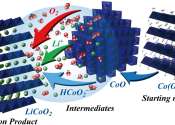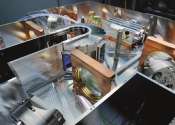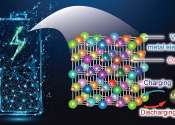Scientists synthesize cathode active materials for lithium-ion batteries at relatively low temperatures
Layered lithium cobalt oxide, a key component of lithium-ion batteries, has been synthesized at temperatures as low as 300°C and durations as short as 30 minutes.
Oct 24, 2023
0
74









